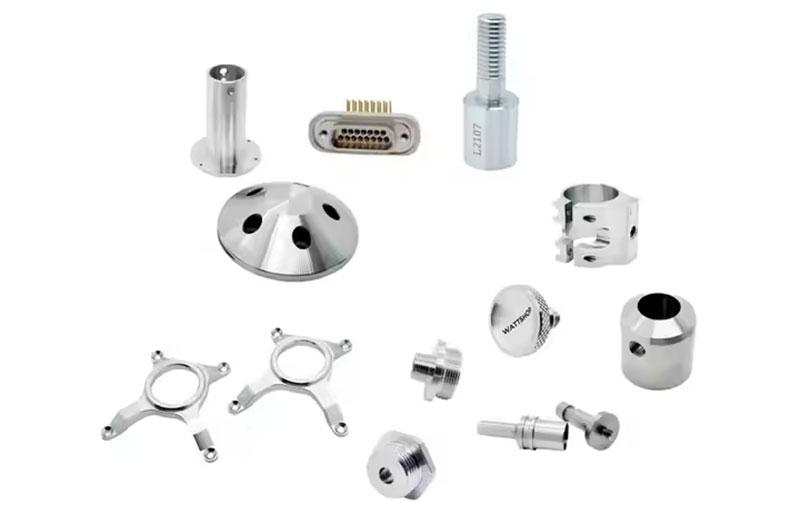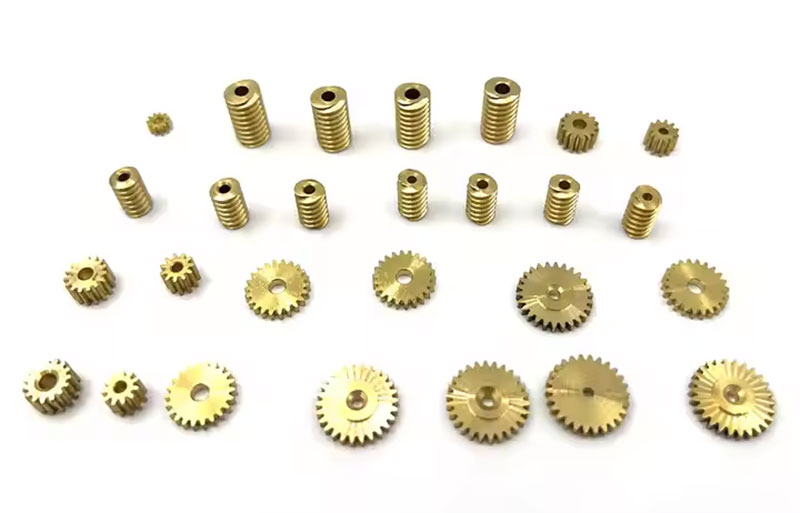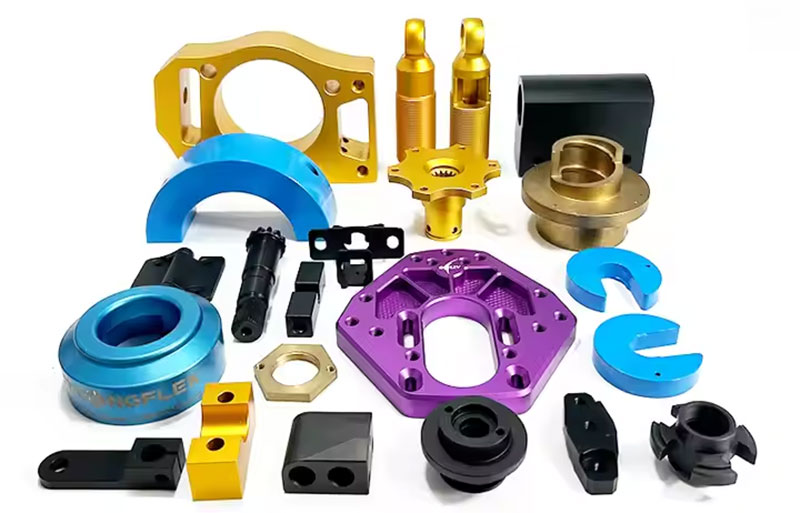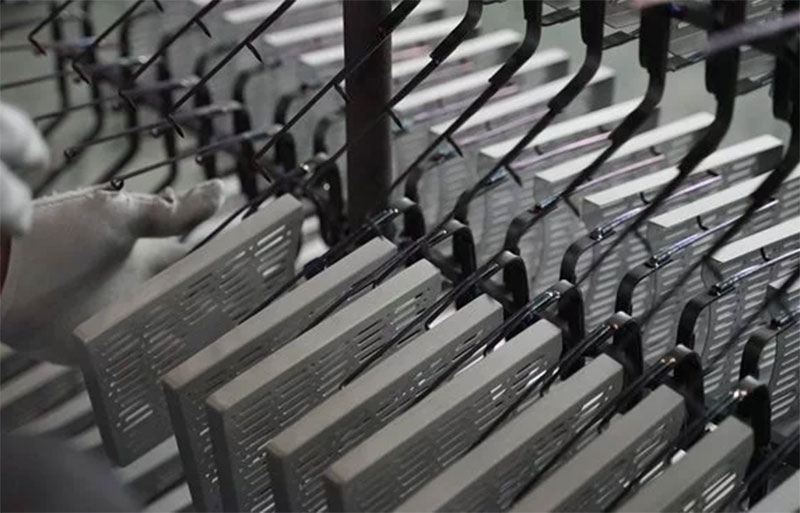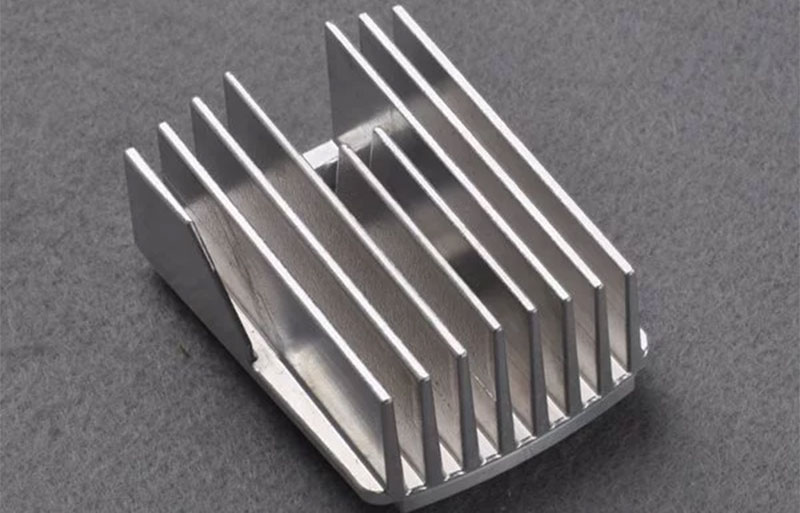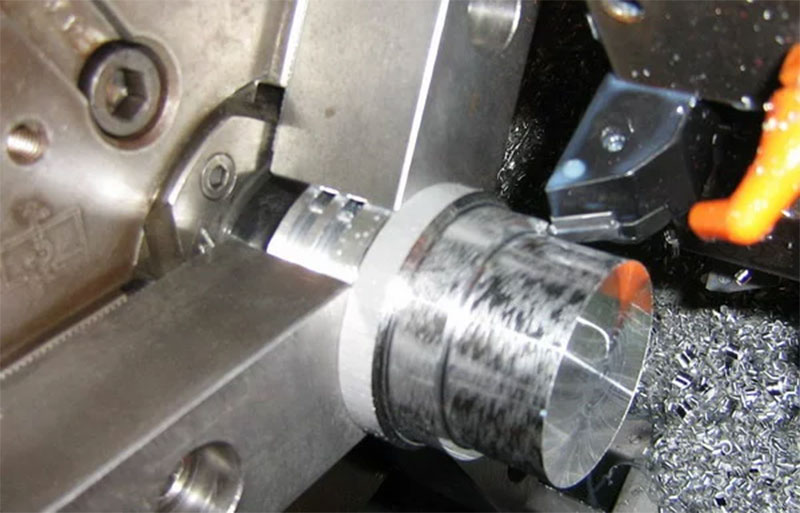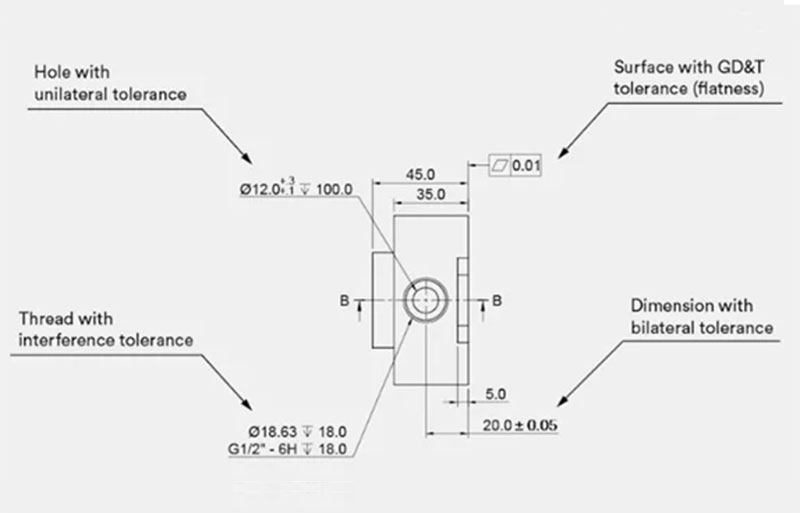Typical Materials Used in Micro Machining
Material choice is a critical aspect of micro CNC machining due to the variability in the properties of each material and their suitability for respective applications. In this section, we will discuss the different materials suitable for micro-precision machining: PlasticsMicro CNC machining is compatible with various high-performance engineering plastics like Peek, Teflon, and Ultem. Product …

